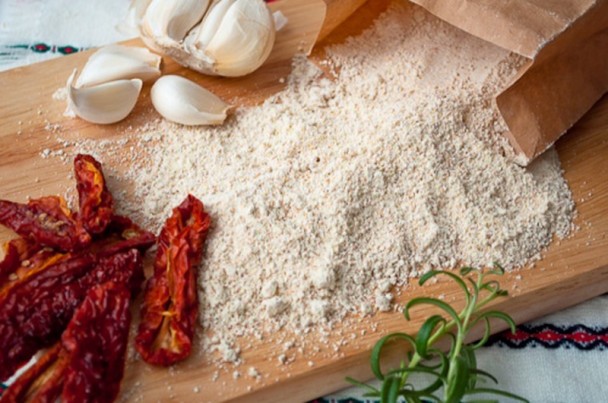If there were a single change to our daily diet that would significantly increase our daily antioxidant intake, what would that change be? Eat einkorn bread.
I came across some very interesting researcha recently regarding the loss of antioxidants (specifically carotenoids) during the food processing process in the production of bread, water biscuits and pasta. The flours they studied? There were three: Einkorn, bread wheat, and durum wheat semolina.
In all three flours, antioxidant levels decreased significantly through the processing stages but einkorn was significantly more successful at preserving its high antioxidant levels through the entire baking process than the other flours. I thought that was interesting.
You may remember my former post about einkorn nutrition, when I shared some information about einkorn’s superior antioxidant attributes:
- Einkorn contains 3 to 4 times more beta-carotene than modern wheats (Boosts immunity, helps prevent cancer and heart disease)
- Einkorn contains 35 times more Vitamin A than modern wheats (Healthy eyes, reproductive organs and prevention of many cancers)
- Einkorn contains 3 to 4 times more lutein than modern wheats (Prevention of macular degeneration and cataracts)
- Einkorn contains 4-5 times more riboflavin than modern wheats (Used by the body to create energy and is an antioxidant that slows aging)
Not only are antioxidants much higher in einkorn compared with other grains but now, with the results of this recent study, we learn that einkorn’s carotenoid levels are also better preserved in the bread making process, making it an ideal candidate for improving our modernized diets.
Can you imagine the effect it would have on the health of a child if he or should could grow up eating this ancient einkorn wheat? The more I think about the impact, the more I realize the need to increase the production of this crop and get it into the hands of more people throughout the world.
References:
a doi:10.1016/j.foodchem.2010.01.034


